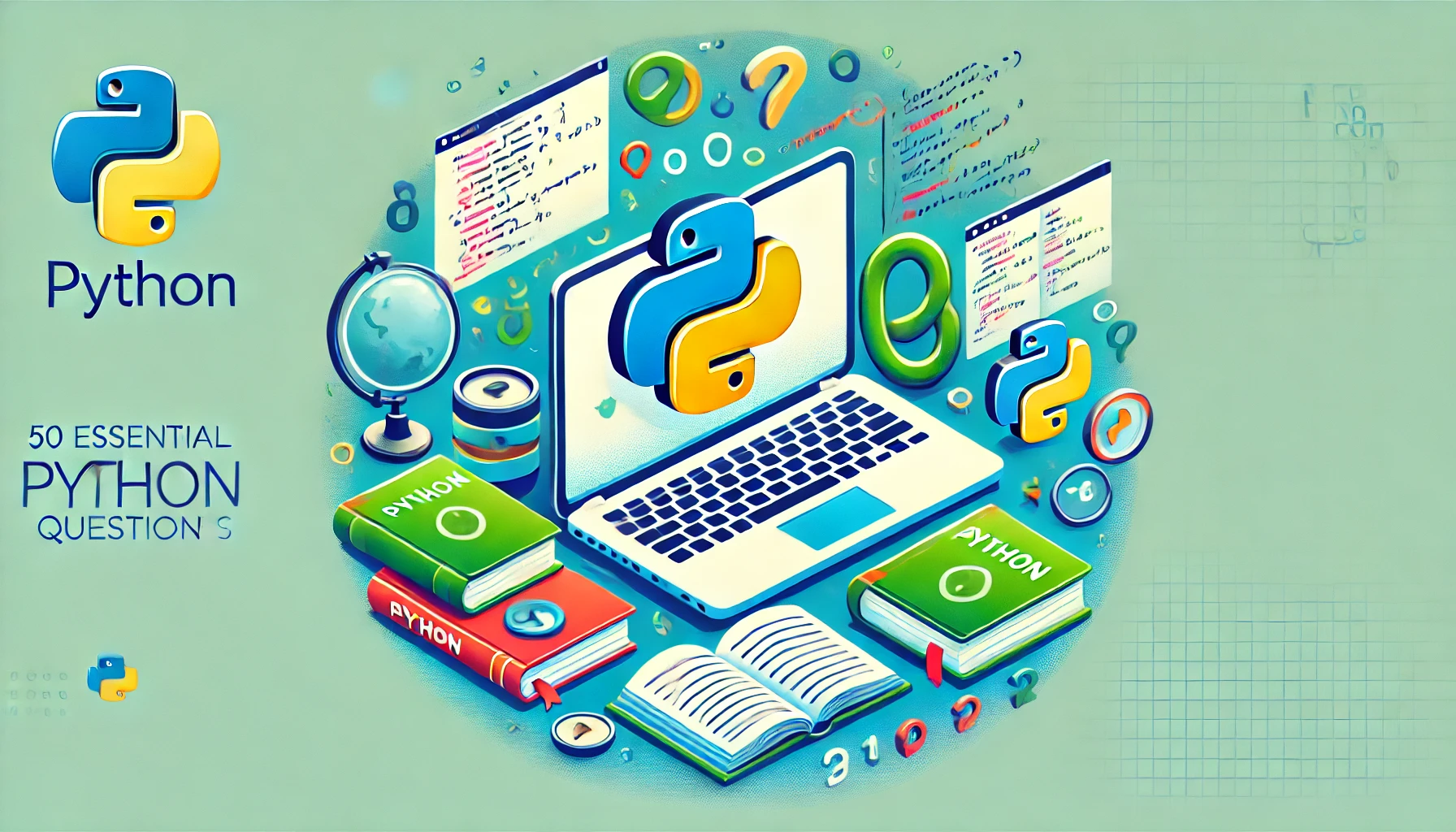Entering the world of web development can be an exciting and rewarding journey. As a beginner, having a clear roadmap can help you navigate the various skills and technologies needed to build effective websites. This guide outlines a structured path for aspiring web developers, focusing on essential skills, tools, and best practices.
1. Understand the Basics of Web Development
Before diving into coding, it’s essential to understand what web development entails. Web development typically involves two main areas:
- Front-end Development: This is the part of the website that users interact with. It includes everything users see on their screens, such as layout, design, and user interface.
- Back-end Development: This involves the server-side of a website. It handles the database, server, and application logic that powers the front end.
Key Concepts to Learn:
- HTML (HyperText Markup Language): The foundation of any web page, used to create the structure and content.
- CSS (Cascading Style Sheets): Used for styling HTML elements and making the site visually appealing.
- JavaScript: A programming language that enables interactive features on web pages.
2. Mastering Front-End Development
Once you grasp the basics, it’s time to dive deeper into front-end development.
Essential Skills:
- Responsive Design: Learn to create layouts that work on various screen sizes using CSS frameworks like Bootstrap or Tailwind CSS.
- JavaScript Libraries and Frameworks: Familiarize yourself with libraries like jQuery and frameworks such as React or Vue.js. These tools help streamline front-end development and enhance user experience.
- Version Control with Git: Understanding how to use Git for version control is crucial for collaborating with other developers and tracking changes in your code.
3. Explore Back-End Development
After acquiring front-end skills, you can start learning back-end development.
Key Areas to Focus On:
- Server-Side Languages: Start with languages like PHP, Python (Django or Flask), Ruby (Ruby on Rails), or JavaScript (Node.js).
- Databases: Learn about relational databases (like MySQL or PostgreSQL) and NoSQL databases (like MongoDB) to understand how data is stored and accessed.
- RESTful APIs: Understand how to create and interact with APIs, enabling communication between the front-end and back-end of your application.
4. Build Real Projects
Once you have a solid understanding of both front-end and back-end development, it’s time to put your skills to the test by building real projects. This hands-on experience is invaluable for reinforcing what you’ve learned.
Project Ideas:
- Personal Portfolio Website: Showcase your skills and projects to potential employers.
- Blog Platform: Create a simple blog where users can read and write articles.
- E-commerce Site: Build a basic online store with product listings and a shopping cart.
5. Learn About Deployment and Hosting
After building projects, you need to understand how to deploy them online.
Key Concepts:
- Web Hosting Services: Learn about different hosting options (shared, VPS, dedicated) and services like AWS, Heroku, or DigitalOcean.
- Domain Registration: Understand how to register a domain name and connect it to your web hosting.
- Deployment Tools: Familiarize yourself with deployment tools like Docker, Jenkins, or GitHub Actions for automating deployment processes.
6. Stay Updated with Industry Trends
The web development field is constantly evolving, with new technologies and frameworks emerging regularly. To stay relevant, it’s essential to:
- Follow industry blogs and websites (e.g., Smashing Magazine, CSS-Tricks).
- Participate in online communities (e.g., Stack Overflow, Reddit, or web development forums).
- Attend local meetups or webinars to network with other developers and learn from experts.
Conclusion
Becoming a successful web developer requires a mix of technical skills, practical experience, and a commitment to continuous learning. By following this roadmap, beginners can effectively navigate their journey, mastering the essential skills and concepts needed to build robust websites. Remember, the key to success in web development is practice and persistence. Start small, build your skills, and gradually take on more complex projects as you gain confidence.
Whether you want to develop a personal project or pursue a career in web development, this roadmap will set you on the right path. Happy coding!
Let me know if you need any further adjustments or additional content!



